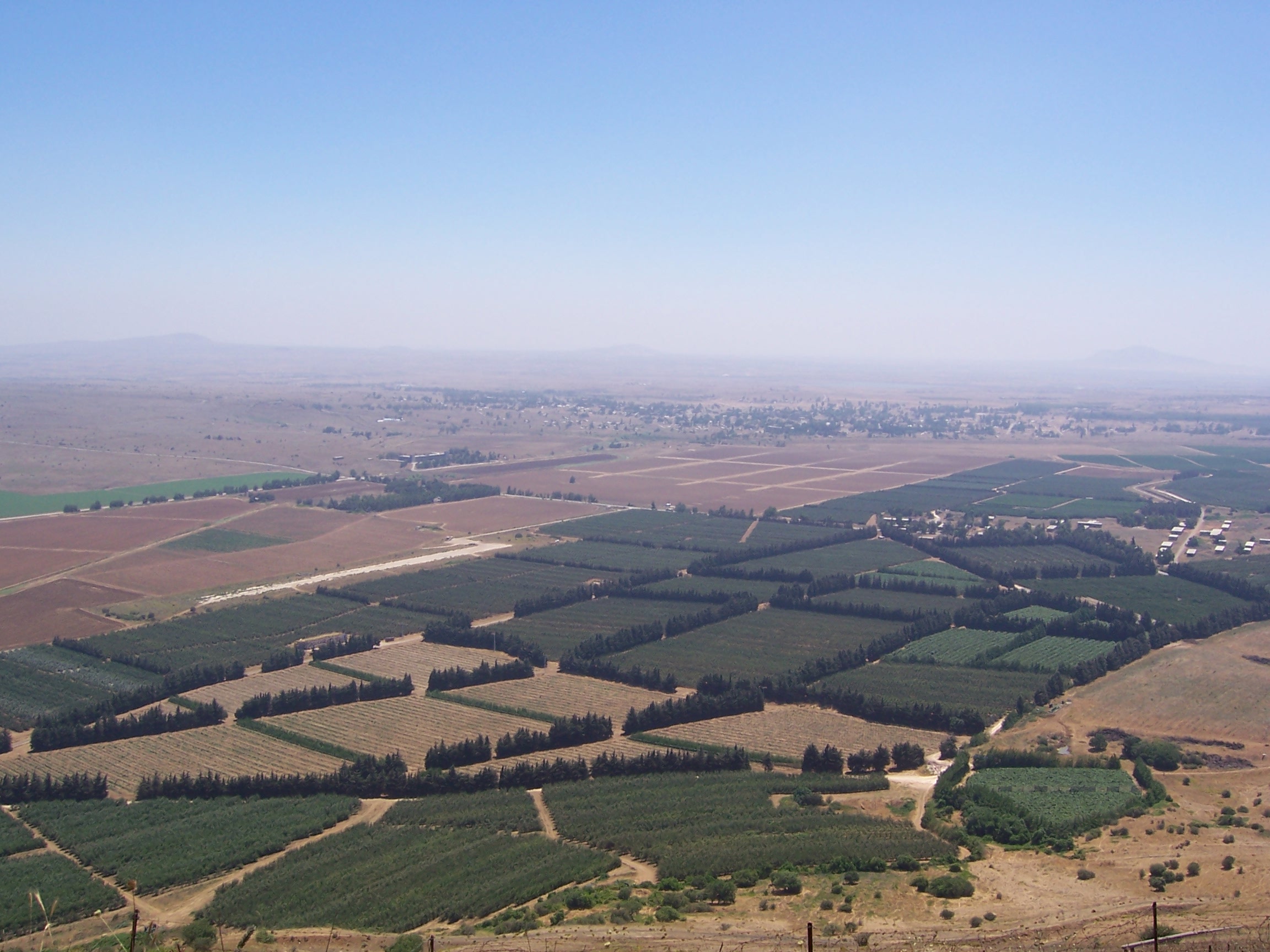 Photo from Wikimedia Commons.
Photo from Wikimedia Commons. One ambassador after another this week entered that den of hypocrisy called the United Nations, and, with sober faces, condemned the perfectly reasonable decision by the United States to recognize Israel’s sovereignty over the Golan Heights — a slice of paradise adjacent to the genocidal nightmare of Syria.
Instead of supporting the peace and stability that has marked the Golan Heights since Israel took over in 1967 in a defensive war, those speakers were supporting the sovereign rights of a genocidal maniac, Syrian President Bashar al-Assad, who is responsible for the murder of 500,000 people and millions of refugees.
Acting as if he’s just another world leader rather than a human butcher, al-Assad was not happy about this development, calling for action at the U.N. and releasing a statement that said Syria was determined to recover the area “through all available means.”
It’s tempting to engage in all kinds of fancy geopolitical and legal commentary about this latest U.S. move, and many pundits are doing just that. But there are times when a stark reality on the ground transcends both commentary and the august gravitas of resolutions written decades ago that have little meaning today.
There’s no better way to fully appreciate this reality than a short visit to the Syria exhibit at the United States Holocaust Memorial Museum in Washington, D.C., which I visited last week.
The exhibit is called, “Syria: Please Don’t Forget us.”
According to its literature, the Museum “has worked to keep the crisis in Syria in the public eye through exhibitions at the Museum, public programs, and more.”
What makes the exhibit especially haunting is that it is seen through the eyes of a Syrian survivor of detention and torture, journalist and human rights activist Mansour Omari.
“As part of its campaign of violence,” the exhibit explains, “the Syrian government has detained more than 100,000 of its own citizens. In many cases, the government has refused to release their names. Families of the missing do not know whether loved ones are alive or dead.”
Omari was able to get out. Through video, music, and testimony, you can see the nightmare in Syria through this man’s story.
It wasn’t easy to record much of anything in the dungeons of al-Assad’s jails, as the exhibit explains:
“While in prison, Mansour and his fellow prisoners wrote their names on five scraps of fabric in an ink made of rust and their own blood. When Mansour was released, he smuggled out the pieces of fabric so he could inform his cellmates’ families about what had happened to them.”
What the exhibit brought home for me was how numb we have become to the Syrian disaster. For years, we’ve been seeing figures like 500,000 killed, hundreds of kids gassed, millions dispersed, etc. The truth is, cold numbers can reach only so far into our consciousness.
It’s only when you see individual stories told through the eyes of one survivor that the humanitarian disaster begins to chill your spine. The “Syria: Don’t Forget Us” exhibit at the U.S. Holocaust Memorial Museum chills your spine.
Here’s my suggestion to all those U.N. ambassadors who are upset that the Golan Heights is remaining in Israeli hands and would prefer to respect the sovereign rights of an unstable and fragmented terrorist entity run by a ruthless butcher: Next time you have a session on Syria, please invite Mansour Omari and ask him what he thinks.























 More news and opinions than at a Shabbat dinner, right in your inbox.
More news and opinions than at a Shabbat dinner, right in your inbox.